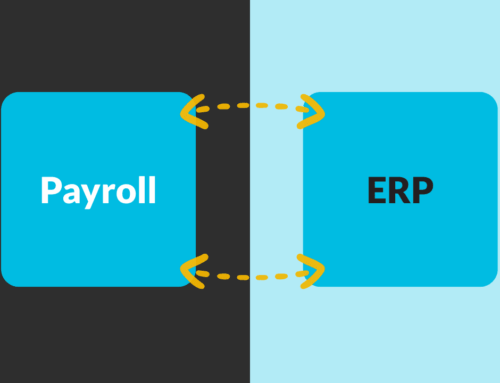Are you considering hiring H2B visa workers to help during your busy season? That’s a fantastic idea! H2B workers are non-immigrant foreign nationals permitted to enter the United States temporarily to perform non-agricultural labor or services on a seasonal, peak load, or intermittent basis. These workers can significantly aid businesses. However, paying H2B workers isn’t always straightforward.
Whether it’s dealing with banking issues, since some H2B workers might not have easy access to U.S. banking services, or figuring out the right tax withholdings, each step requires careful attention.
Let’s dive into making this process as smooth as possible with some critical tips.
5 Essential Tips for Paying H2B Workers
1. Get to Know the Rulebook
Navigating the legal landscape of H2B visa employment is crucial. Start by familiarizing yourself with the Department of Labor (DOL) guidelines, which cover the minimum wage laws, overtime rules, and other employment regulations that impact paying H2B workers. Remember, compliance isn’t just about following the law; it’s about protecting your business from penalties and lawsuits. Consider consulting with an immigration lawyer or a labor law expert to ensure you’re fully compliant with both federal and state laws. Additionally, regularly check for updates in labor legislation that might affect your obligations as an employer.
2. Crack the Prevailing Wage Puzzle
The concept of a prevailing wage means that H2B workers must be paid at least the average wage paid to similar workers in the same region. This wage rate is determined by the DOL and varies by job classification and geographic area. To figure out the correct prevailing wage for your positions, you can use the DOL’s Wage Determination Online Tool (WDOL). Understanding this system helps you offer competitive, fair wages that comply with legal standards, ensuring that your paying H2B workers equitably for their work.
3. Keep Your Paper Trail Tidy
Effective record-keeping is essential for managing and paying H2B workers. This includes detailed logs of hours worked, wages paid, and any deductions made. Be meticulous about maintaining these records for at least three years, as required by law. Use payroll software that can help automate and secure your record-keeping processes. This proactive approach not only aids in internal organization but also prepares you for any inquiries or audits from immigration services or the IRS.
4. Stay in the Loop on Visas
Managing visa statuses and timelines is key to employing and paying H2B workers. Ensure that you are aware of each worker’s visa expiry date and the conditions attached to their visa. Set up reminders to track visa renewals and required actions well in advance of expiration dates. This helps prevent work interruptions and legal issues related to expired visas. Regularly communicating with your legal advisor or immigration consultant can also help navigate any changes in visa policies or renewal procedures.
5. Keep the Lines of Communication Open
Open and clear communication forms the backbone of any successful employer-employee relationship, especially with H2B visa workers who may face language and cultural barriers. Make sure all employment terms, pay, benefits, and workplace expectations are clearly communicated and documented in a language that your workers understand. Regular meetings and feedback sessions can help address any concerns and improve workplace relations. Consider providing language support or cultural training to facilitate better integration and mutual understanding within your team.
With these five strategic tips at your disposal, paying H2B workers becomes less daunting and more efficient. Ensuring compliance with wage regulations is crucial, and it sets a foundation for a transparent and trusting work environment. Keep these guidelines handy, and you’ll find that managing payroll complexities can become a streamlined part of your operations. Check back with Inova regularly for further insights and tools that can assist you in refining your payroll processes.




